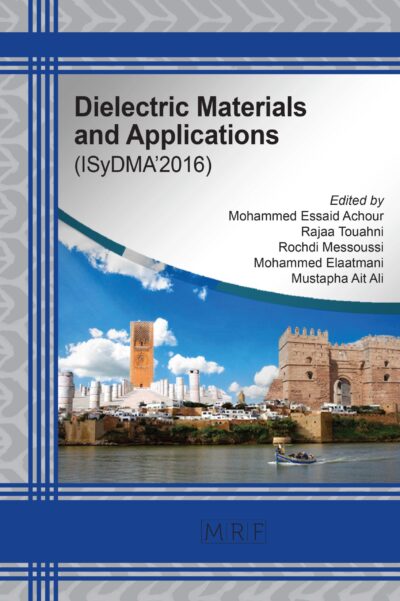Material characterization of ferritic stainless steels at high temperatures
Jan FLESCH, Florian WEBER, Simon BURGER, Yannis P. KORKOLIS, A. Erman TEKKAYA
Abstract. Ferritic stainless steels are a cost efficient and more climate-friendly alternative to austenitic grades for high temperature applications because of their lower Ni-content. These grades usually show some time dependent thermal softening mechanisms at temperatures over 800 °C. The tendency to show high temperature creep behavior of three ferritic stainless steel grades is analyzed with high temperature tensile tests and modified creep tests. The results show that the reference grade 1.4509 does show this behavior, while the two grades with slightly higher contents of chromium and additional elements such as molybdenum, titanium and copper experience less high temperature creep at similar loadings. While both grades also show extensive softening at temperatures above 850 °C, the overall strength level is always higher than for the reference grade.
Keywords
Ferritic Stainless Steel, High Temperature, Characterization, Creep
Published online 5/7/2025, 9 pages
Copyright © 2025 by the author(s)
Published under license by Materials Research Forum LLC., Millersville PA, USA
Citation: Jan FLESCH, Florian WEBER, Simon BURGER, Yannis P. KORKOLIS, A. Erman TEKKAYA, Material characterization of ferritic stainless steels at high temperatures, Materials Research Proceedings, Vol. 54, pp 1901-1909, 2025
DOI: https://doi.org/10.21741/9781644903599-204
The article was published as article 204 of the book Material Forming
![]() Content from this work may be used under the terms of the Creative Commons Attribution 3.0 license. Any further distribution of this work must maintain attribution to the author(s) and the title of the work, journal citation and DOI.
Content from this work may be used under the terms of the Creative Commons Attribution 3.0 license. Any further distribution of this work must maintain attribution to the author(s) and the title of the work, journal citation and DOI.
References
[1] L. Gardner, A. Insausti, K. T. Ng, and M. Ashraf, “Elevated temperature material properties of stainless steel alloys,” Journal of Constructional Steel Research, vol. 66, no. 5, pp. 634–647, 2010. https://doi.org/10.1016/j.jcsr.2009.12.016.
[2] J. Ki Leuk Lai, K. Ho Lo, and C. Hung Shek, Stainless Steels: An Introduction and Their Recent Developments: BENTHAM SCIENCE PUBLISHERS, 2012.
[3] N. Fujita, K. Ohmura, M. Kikuchi, T. Suzuki, S. Funaki, and I. Hiroshige, “Effect of Nb on high-temperature properties for ferritic stainless steel,” Scripta Materialia, vol. 35, no. 6, pp. 705–710, 1996. https://doi.org/10.1016/1359-6462(96)00214-X.
[4] T. Manninen and J. Säynäjäkangas, “Mechanical Properties of Ferritic Stainless Steels at Elevated Temperature,” Stainless Steel in Structures – Fourth International Experts Seminar, 2012.
[5] M. Kamaliev, J. Flesch, J. Grodotzki, and A. E. Tekkaya, “Numerical and experimental analysis of the isothermal high temperature pneumoforming process,” Int J Mater Form, vol. 16, no. 4, 2023. https://doi.org/10.1007/s12289-023-01767-y.
[6] M. Kamaliev, F. Kolpak, and A. E. Tekkaya, “Isothermal hot tube material characterization – Forming limits and flow curves of stainless steel tubes at elevated temperatures,” Journal of Materials Processing Technology, vol. 309, p. 117757, 2022. https://doi.org/10.1016/j.jmatprotec.2022.117757.













